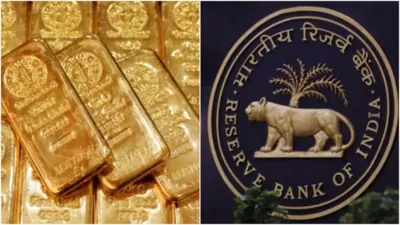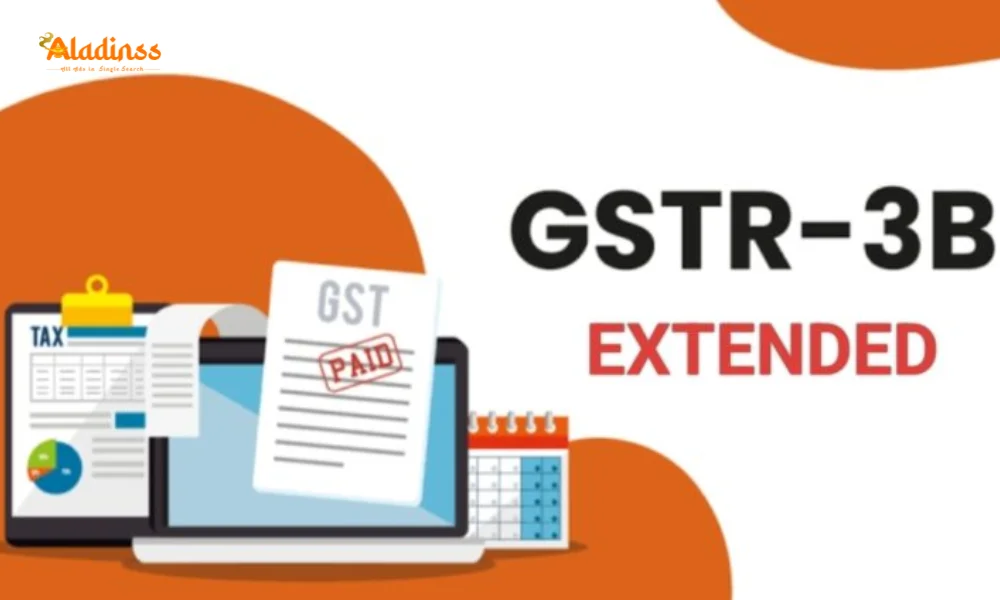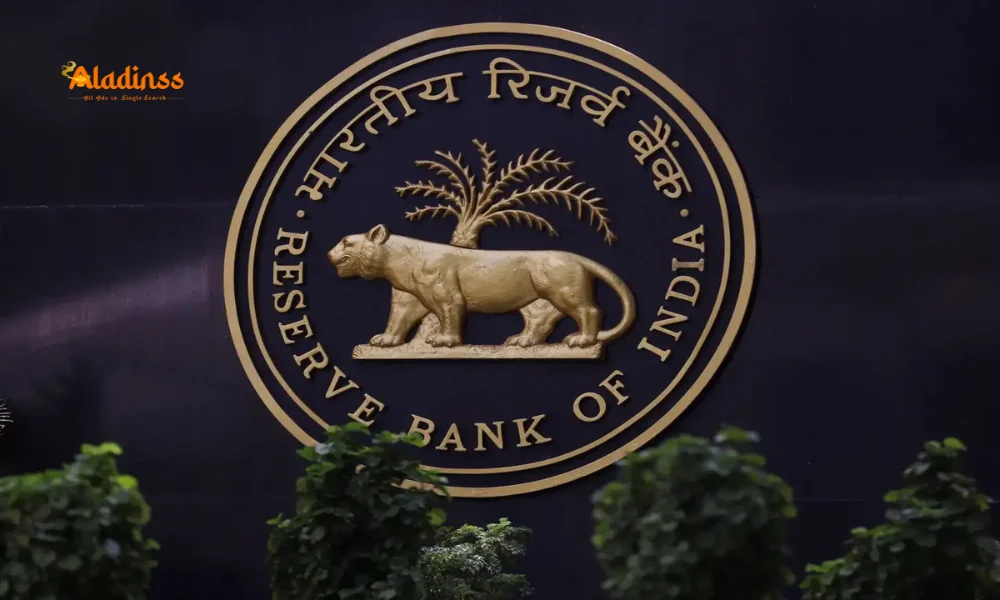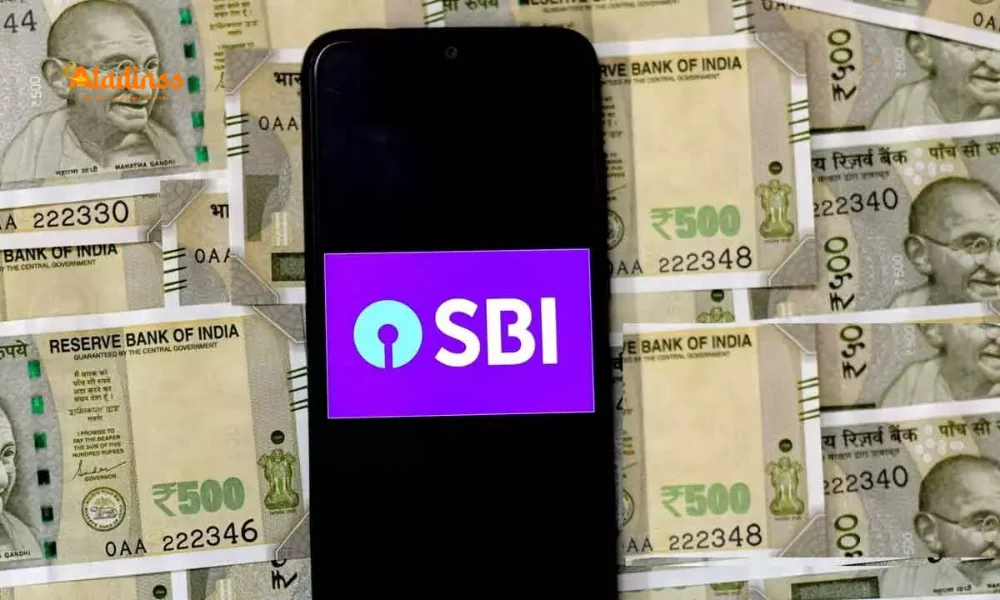SGB 2020-21 Series VI Offers 108% Return

Sovereign Gold Bonds 2020-21 Series VI: RBI Announces 108% Return on Early Redemption
The Reserve Bank of India (RBI) has announced the premature redemption of Sovereign Gold Bonds (SGBs) under the 2020-21 Series VI, originally issued on September 8, 2020. Effective September 6, 2025, investors can redeem these bonds at Rs 10,610 per unit, reflecting a remarkable 107.35% gain over the issue price of Rs 5,117. This substantial return, excluding the additional 2.5% annual interest, underscores the attractiveness of SGBs as a gold-linked investment. The redemption window opened on September 6, 2025, as September 7 and 8 were holidays, according to an RBI statement released on September 5, 2025. This article explores the details of the redemption, the SGB scheme, its tax implications, and the reasons behind its discontinuation, offering a comprehensive guide for investors.
Details of the SGB 2020-21 Series VI Redemption
The premature redemption price of Rs 10,610 per unit for the SGB 2020-21 Series VI was calculated based on the simple average of closing gold prices (999 purity) published by the India Bullion and Jewellers Association (IBJA) for the three business days prior to redemption—September 3, 4, and 5, 2025. This price reflects a 107.35% capital gain, translating to a profit of Rs 5,493 per unit over the original issue price of Rs 5,117. Additionally, investors have earned a fixed 2.5% annual interest, credited semi-annually, which further enhances the overall return. For example, an investor who purchased 10 units (10 grams) at issuance would realize a capital gain of Rs 54,930 plus approximately Rs 6,396 in interest over five years, assuming semi-annual compounding.
Under the SGB scheme, bonds have an eight-year tenure, but premature redemption is permitted after the fifth year on interest payout dates. The 2020-21 Series VI, issued on September 8, 2020, became eligible for early redemption in 2025, with September 6 marking the first such opportunity. Investors opting for premature redemption must submit requests to their bank, post office, or designated intermediaries like the National Stock Exchange (NSE) or Bombay Stock Exchange (BSE) at least 30 days prior to the redemption date. The redemption proceeds, including the final interest installment, are credited directly to the investor’s registered bank account, offering a seamless exit option.
Understanding the Sovereign Gold Bond Scheme
Launched in November 2015 by the Government of India, the Sovereign Gold Bond (SGB) Scheme was designed as a low-risk alternative to physical gold investments. Issued by the RBI on behalf of the government, SGBs are denominated in grams of gold, with a minimum investment of 1 gram and a maximum of 4 kg per individual per fiscal year. The scheme offered a dual benefit: capital appreciation linked to gold prices and a fixed 2.5% annual interest rate, credited semi-annually. Unlike physical gold, SGBs eliminate storage costs, purity concerns, and making charges, making them an attractive option for investors seeking exposure to gold without the hassles of physical ownership.
SGBs were introduced to reduce India’s reliance on imported gold, which significantly impacts the country’s trade balance. By channeling household savings into financial assets, the scheme aimed to curb gold hoarding and promote financial inclusion. Investors could purchase SGBs through scheduled commercial banks, designated post offices, Stock Holding Corporation of India Limited (SHCIL), or recognized stock exchanges. The bonds are tradable on exchanges, transferable to third parties, and can be used as collateral for loans, adding to their flexibility. The 2020-21 Series VI, for instance, was open for subscription from August 31 to September 4, 2020, with a nominal value of Rs 5,117 per gram, discounted by Rs 50 for digital payments.
Tax Implications of Sovereign Gold Bonds
The tax treatment of SGBs is a key factor in their appeal. The 2.5% annual interest is taxable under the Income-tax Act, 1961, and is classified as “Income from Other Sources,” subject to the investor’s applicable income tax slab. However, capital gains from premature redemption or maturity after eight years are exempt from long-term capital gains (LTCG) tax for individual investors. For example, the Rs 5,493 gain per unit from the 2020-21 Series VI redemption is tax-free, providing significant savings compared to other investment options like gold ETFs or physical gold.
If SGBs are sold in the secondary market before maturity, the capital gains are subject to LTCG tax (10% without indexation or 20% with indexation, plus applicable cess) if held for more than three years. Indexation benefits are available for long-term capital gains on secondary market sales, reducing the taxable amount by adjusting for inflation. This tax structure makes holding SGBs until maturity or premature redemption through the RBI more tax-efficient than selling in the secondary market. Investors should consult a tax professional to understand the implications based on their income profile and investment strategy.

Why Was the SGB Scheme Discontinued?
The Government of India discontinued fresh issuances of SGBs in October 2023, citing that the scheme had achieved its primary objectives. Launched to reduce physical gold imports and promote financial savings, the SGB scheme successfully diverted household investments into financial instruments. By 2023, the scheme had mobilized significant capital, with over 100 tonnes of gold equivalent issued since 2015. However, the administrative and servicing costs of managing the scheme, including interest payments and redemption processes, had increased significantly, prompting the government to halt new tranches.
Another factor was the rise of alternative gold investment options, such as Gold Exchange Traded Funds (ETFs) and digital gold platforms, which offer similar exposure to gold prices with greater liquidity. Gold ETFs, for instance, are traded on stock exchanges and have lower management costs, while digital gold allows fractional ownership starting at Re 1. These alternatives reduced the need for periodic SGB issuances, which required extensive coordination between the RBI, banks, and exchanges. Despite the discontinuation, existing SGBs remain valid, and investors can hold them until maturity or opt for premature redemption, as seen with the 2020-21 Series VI.
Benefits of Investing in Sovereign Gold Bonds
SGBs offered several advantages that made them a preferred choice for conservative investors. First, they provide exposure to gold price movements without the risks associated with physical gold, such as theft or impurity. Second, the 2.5% annual interest, paid semi-annually, adds a steady income stream not available with physical gold or most gold ETFs. Third, the tax exemption on capital gains at redemption or maturity enhances returns, especially for long-term investors. Finally, SGBs are backed by the Government of India, ensuring zero credit risk and high credibility.
The 107.35% return on the 2020-21 Series VI highlights the potential for significant capital appreciation, driven by rising gold prices over the past five years. Gold prices have surged due to global economic uncertainties, geopolitical tensions, and inflation concerns, making SGBs a lucrative investment. For instance, an investor holding 100 grams (100 units) of SGBs from this series would realize a tax-free capital gain of Rs 5,49,300, plus approximately Rs 63,960 in interest, demonstrating the scheme’s dual-benefit structure.
How to Redeem Sovereign Gold Bonds
To redeem SGBs prematurely, investors must submit a redemption request to the issuing bank, post office, or authorized intermediary at least 30 days before the scheduled redemption date. For the 2020-21 Series VI, requests should have been submitted by early August 2025 to meet the September 6 redemption date. Required documents include the SGB certificate, PAN, and bank account details. The redemption amount, including the principal and final interest, is credited directly to the investor’s bank account. Investors holding SGBs in demat form can coordinate with their depository participant (NSDL or CDSL) for a seamless process.
For those opting to hold until maturity, the bonds will mature on September 8, 2028, with the redemption price based on the average gold price for the three business days prior to maturity. Investors can also sell SGBs in the secondary market through stock exchanges, though this may attract capital gains tax. The RBI’s transparent pricing mechanism, tied to IBJA gold prices, ensures fairness and aligns returns with market conditions.
Market Context and Investor Considerations
The 107.35% return on the 2020-21 Series VI reflects the strong performance of gold as an asset class amid global uncertainties. Gold prices have risen steadily since 2020, driven by factors such as US Federal Reserve rate hikes, geopolitical tensions, and inflation fears. For investors, the premature redemption offers an opportunity to lock in gains while retaining the option to reinvest in other gold-linked instruments like ETFs or digital gold. However, the discontinuation of new SGB issuances means investors must explore these alternatives to maintain gold exposure in their portfolios.
The RBI’s decision to allow premature redemption underscores its commitment to investor flexibility, ensuring that SGB holders can liquidate their investments without relying on secondary market sales. As India’s gold demand remains robust, driven by cultural and investment preferences, the SGB scheme’s legacy continues through existing bonds, offering a safe and profitable avenue for investors until their maturity.
Comment / Reply From
No comments yet. Be the first to comment!









